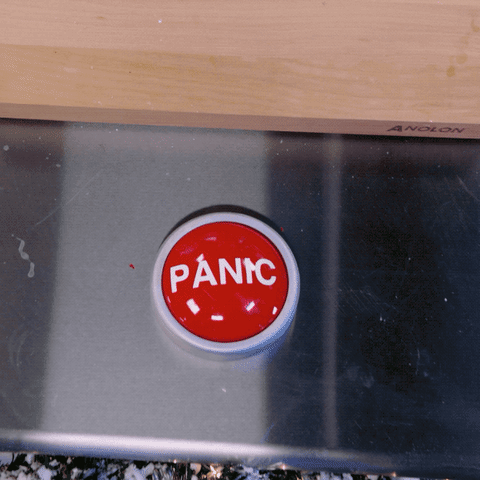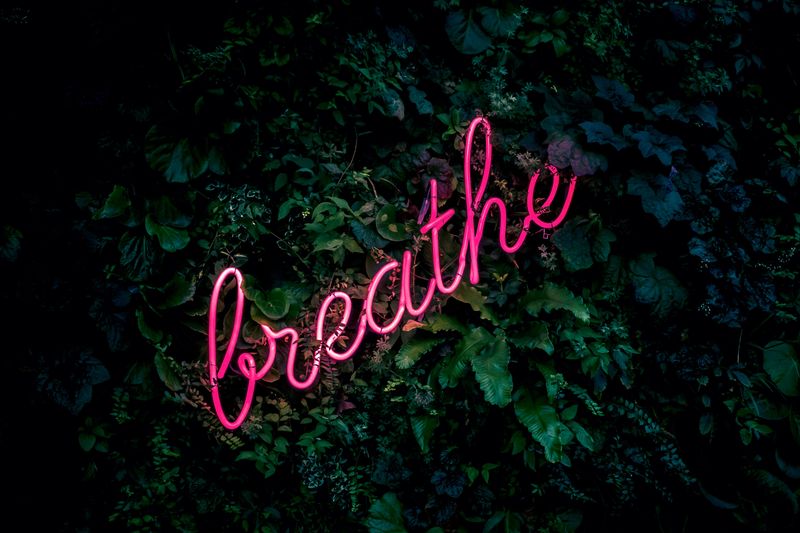
This logo isn't an ad or affiliate link. It's an organization that shares in our mission, and empowered the authors to share their insights in Byte form.
Rumie vets Bytes for compliance with our
Standards.
The organization is responsible for the completeness and reliability of the content.
Learn more
about how Rumie works with partners.
What is a panic attack?
 Panic attacks are feelings of intense fear and worry that come on quickly, sometimes for no apparent reason, and don't appear to be proportionate to the true situation.
Panic attacks are feelings of intense fear and worry that come on quickly, sometimes for no apparent reason, and don't appear to be proportionate to the true situation.
Panic attacks are generally brief, usually lasting under ten minutes, but some of the symptoms may persist longer.
They are certainly scary for the individual directly experiencing it, but also for those around who may not know what's going on.
Did you know?
How To Identify A Panic Attack
 Photo by Markus Winkler on Unsplash
Photo by Markus Winkler on UnsplashRemember that not everyone experiences panic attacks the same way, but here are some common symptoms:
"Racing" heart
Feeling weak, faint, or dizzy
Tingling in the hands and fingers
Sense of terror, impending doom
Feeling sweaty or having chills
Chest pain
Breathing difficulties
Feeling a loss of control
So What Should You Do?
1. Ask: How can I help?
 Photo by Jametlene Reskp on Unsplash
Photo by Jametlene Reskp on UnsplashStay calm and ask how you can support them. Don't make assumptions about what your friend needs. They may not be able to provide you an answer in the moment, and that's ok.
2. Help them stay grounded
 Photo by Fabian Møller on Unsplash
Photo by Fabian Møller on UnsplashYou can do this by using physical touch (with permission), encouraging them to stretch or move, talking calmly about familiar places/activities. This helps your friend focus on what's actually happening, instead of their fear of the attack.
3. Validate their distress
 Photo by freestocks on Unsplash
Photo by freestocks on Unsplash"This is really tough and I'm sorry for what you are experiencing. Let me know what I can do to support you." A statement like that may be all you need to provide empathy and understanding to your friend.
Did you know?
Avoid These Things
1. Comparing normal stress and fear to panic
Remember that your friend isn't just anxious. They are experiencing intense panic that may also make them feel helpless or out of control, and even physical pain.
2. Shaming or minimizing their attacks
You may not intend to make your friend feel bad, but denying the reality of their discomfort can certainly come off that way.
3. Giving advice
As counterproductive as it may seem, only provide advice if you're asked for suggestions. Not every coping technique works for everyone.
Quiz
What is the first thing you should do when your friend is showing symptoms of a panic attack?
You should always ask your friend how you can help. If they do not answer, you can speak encouraging words to them calmly.
Aftermath
After a panic attack ends, your friend may feel exhausted and choose to retreat to a low-pressure, comfortable environment.
If your friend is willing, ask them about what typically helps them during an attack, and make a plan for the next time.
If your friend believes that their panic attacks are so frequent that they need intervention, there are ways to support them:
Assist in arranging a therapist or doctor's appointment.
Help them research options for peer support such as online support forums or in-person groups.
Provide a listening ear while they are navigating. The process can be complicated and overwhelming.
Did you know?
Take Action
It's important to remember that while panic attacks are scary, you can help your friend combat them.
This Byte has been authored by
Jamie Taylor
Instructional Designer ✺ eLearning Developer
This Byte has been reviewed by
Yasmin R. Singh
RP (Qualifying), MA
